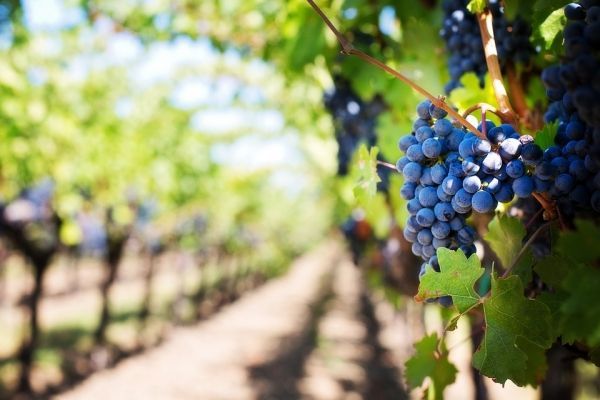The world drinks a lot of wine, and that means a lot of grapes are consumed every year. But not every part of the grape ends up in the bottle. Seeds, stalks and skins — roughly a quarter of the grapes —- are typically discarded in landfills as waste. But now, researchers say they have found some useful commercial applications, such as prolonging the shelf life of fatty foods, for these wine leftovers.
The researchers present their work today at the 255th National Meeting & Exposition of the American Chemical Society (ACS). ACS, the world’s largest scientific society, is holding the meeting here through Thursday. It features more than 13,000 presentations on a wide range of science topics.
“Large amounts of grape waste may be detrimental to the environment,” Changmou Xu, Ph.D., says. This waste, known as pomace, can cause surface and ground water pollution because pesticides and fertilizers used on the grapes can leach into the environment. In addition, the soil can become more acidic because of the pomace’s low pH. Grape waste left in landfills can even contribute to the spread of diseases because it can attract flies and pests, he says.
The global wine industry produces about 14 million tons of pomace every year, according to the Food and Agriculture Organization of the United Nations, and winemakers struggle with what to do with it. Xu’s group at the University of Nebraska-Lincoln wants to rebrand grape waste as a renewable resource, using it to produce antioxidants, grape oils and dietary fibers for health products. Co-opting pomace for commercial use is a one-two punch to winemakers’ waste problems. Not only could it increase the economic value of the grape and wine industry, it could also minimize environmental contamination, Xu explains.
Read more at American Chemical Society
Photo Credit: jill111 via Pixabay


